Today is sadly my last day on tour. I have other commitments back in South Africa with Dtours where we offer tours to Africa for friends and family on a shared cost basis. The Put Foot rally dates conflicted slightly with our July trip so I have to miss the last few days. However, last night as I mentioned in yesterday's blog, we met Nic in the bar and when he found out about our passion for saving the Rhino, organized a meeting for us with his boss.
Wow, what a meeting!
We sat down with Map Ives from Wilderness Safaris. Map is the key person involved in Rhino protection and conservation in Botswana. He has lived in the Delta area since the 80's and is likely one of the most knowledgable people on conservation in the area.
Map gave us a comprehensive rundown of the situation in Botswana. This country clearly takes poaching very seriously with the president Lieutenant General Seretse Khama Ian Khama personally backing conservation. He has assigned one of his three Brigadiers to spearhead anti poaching efforts and this Brigadier works directly with Map and his team so all efforts are coordinated.
33% of the land area in Botswana is under conservation and game areas are not enclosed by fences. In fact there is no fence between Botswana and Zimbabwe so game may traverse the border. Luckily for the Rhino in Botswana the prime grazing or browsing areas are in the upper north west so are not tempted to wander into the less protected areas of Zimbabwe.
Of most interest to us is the news that Wilderness have a project to translocate Black Rhino into Botswana in play. They still have a lot of work to do and a significant part of this would be funding. Map is excited about the prospect of us looking to secure a major sponsor to help.
The plan seems extremely well put together and is also a long way down the track. From what I already know about translocating Black Rhino it is a minefield of red tape and animal welfare issues. One of the huge advantages this project has is the full backing of the Botswana Defense Force another advantage is that Wilderness have already translocated White Rhino from South Africa.
These Rhino will be flown from South Africa directly to the Okavango Delta. This greatly reduces the stress on the animals by reducing the time they need to be sedated for safe travel.
The plan is to translocate Rhino from South Africa to Botswana. The requests and offers through the official channels are being worked through and the boma's to house the animals when they arrive have been built. These boma's are very strong enclosures that are needed to settle the animals after arrival in their new environment. They stay in these for up to 6 weeks so they can be closely monitored for disease as well as introduce them to their new vegetation. This settling period helps prevent the Rhino from bolting when they are released as ideally they will stay together as a group, speeding up the breeding process.
Once the Rhino arrive they will need constant monitoring to see where they go to make sure they stay in groups and breed. This monitoring will also ensure they don't move into "danger areas". As a last resort Rhino moving into danger areas would be darted and relocated. This monitoring will also provide invaluable information around their movements and habits for researchers, as surprisingly little is known about Rhino in this area.
We talked about funding and although this type of project is out of the league of our Imake a Difference fund, we will try to facilitate this through sponsors. This would be a very high profile project and I am confident that we can pitch this to the right people and get the sponsorship. I think Dawdy sparked the idea of the "All Black" Rhino originally and those people that I have talked about this too have been very excited about it.
Why shift Black Rhino in Botswana?
Botswana is probably the safest place in Africa for Rhino.
Botswana was once home to many thousand's of Rhino before they were hunted to extinction back in the 70's
Botswana offers a perfect environment for the Rhino to breed.
Botswana already has decades of dedication to conservation and with the president personally committed to the cause this is likely to last.
More Black Rhino to augment the 5 that already exist in the wild in Botswana will be enough to create a stable breeding population that could in 50 years time produce a significant population.
This would be hugely significant for world rhino populations.
Any sponsor could look forward to a significant legacy as well as huge publicity. Imagine the next generation viewing Rhino in Botswana along with the abundance of all the other game. The world population of White Rhino were grown from a very small number in 1895 to 18,000 odd today.
Rhino are really the only animal missing from this country, which is rich in every other species appropriate to its ecosystem.
What a way to end the trip for me. Map and Nic came to the airport to see me off. I am on my flight to Durban to meet my son who has come from New Zealand.
I can't help but feel that this last meeting is probably the most significant meeting I have had since trying to research the right way to actually make a difference and not make a mess as so many overseas organizations are apt to do in Africa.
Imagine in 100 years time when rangers are showing guests at the delta a crash of 20 Black Rhino peacefully drinking as the seasonal waters start to flow. Regaling stories of the legend Map Ives and his team, the forward thinking then President of Botswana and a band of aged hippies in a 'fried up' Kombi forming a loose alliance to bring Black Rhino back to Botswana. Okay so we are way overstating our part in this but at the end of the day this is a blog and we can and do and say whatever we want.
For more information please readhttp://www.wildernesstrust.com/projects/current-projects/botswana-rhino-relocation-and-reintroduction
Wow, what a meeting!
We sat down with Map Ives from Wilderness Safaris. Map is the key person involved in Rhino protection and conservation in Botswana. He has lived in the Delta area since the 80's and is likely one of the most knowledgable people on conservation in the area.
Map gave us a comprehensive rundown of the situation in Botswana. This country clearly takes poaching very seriously with the president Lieutenant General Seretse Khama Ian Khama personally backing conservation. He has assigned one of his three Brigadiers to spearhead anti poaching efforts and this Brigadier works directly with Map and his team so all efforts are coordinated.
33% of the land area in Botswana is under conservation and game areas are not enclosed by fences. In fact there is no fence between Botswana and Zimbabwe so game may traverse the border. Luckily for the Rhino in Botswana the prime grazing or browsing areas are in the upper north west so are not tempted to wander into the less protected areas of Zimbabwe.
Of most interest to us is the news that Wilderness have a project to translocate Black Rhino into Botswana in play. They still have a lot of work to do and a significant part of this would be funding. Map is excited about the prospect of us looking to secure a major sponsor to help.
The plan seems extremely well put together and is also a long way down the track. From what I already know about translocating Black Rhino it is a minefield of red tape and animal welfare issues. One of the huge advantages this project has is the full backing of the Botswana Defense Force another advantage is that Wilderness have already translocated White Rhino from South Africa.
These Rhino will be flown from South Africa directly to the Okavango Delta. This greatly reduces the stress on the animals by reducing the time they need to be sedated for safe travel.
The plan is to translocate Rhino from South Africa to Botswana. The requests and offers through the official channels are being worked through and the boma's to house the animals when they arrive have been built. These boma's are very strong enclosures that are needed to settle the animals after arrival in their new environment. They stay in these for up to 6 weeks so they can be closely monitored for disease as well as introduce them to their new vegetation. This settling period helps prevent the Rhino from bolting when they are released as ideally they will stay together as a group, speeding up the breeding process.
Once the Rhino arrive they will need constant monitoring to see where they go to make sure they stay in groups and breed. This monitoring will also ensure they don't move into "danger areas". As a last resort Rhino moving into danger areas would be darted and relocated. This monitoring will also provide invaluable information around their movements and habits for researchers, as surprisingly little is known about Rhino in this area.
We talked about funding and although this type of project is out of the league of our Imake a Difference fund, we will try to facilitate this through sponsors. This would be a very high profile project and I am confident that we can pitch this to the right people and get the sponsorship. I think Dawdy sparked the idea of the "All Black" Rhino originally and those people that I have talked about this too have been very excited about it.
Why shift Black Rhino in Botswana?
Botswana is probably the safest place in Africa for Rhino.
Botswana was once home to many thousand's of Rhino before they were hunted to extinction back in the 70's
Botswana offers a perfect environment for the Rhino to breed.
Botswana already has decades of dedication to conservation and with the president personally committed to the cause this is likely to last.
More Black Rhino to augment the 5 that already exist in the wild in Botswana will be enough to create a stable breeding population that could in 50 years time produce a significant population.
This would be hugely significant for world rhino populations.
Any sponsor could look forward to a significant legacy as well as huge publicity. Imagine the next generation viewing Rhino in Botswana along with the abundance of all the other game. The world population of White Rhino were grown from a very small number in 1895 to 18,000 odd today.
Rhino are really the only animal missing from this country, which is rich in every other species appropriate to its ecosystem.
What a way to end the trip for me. Map and Nic came to the airport to see me off. I am on my flight to Durban to meet my son who has come from New Zealand.
I can't help but feel that this last meeting is probably the most significant meeting I have had since trying to research the right way to actually make a difference and not make a mess as so many overseas organizations are apt to do in Africa.
Imagine in 100 years time when rangers are showing guests at the delta a crash of 20 Black Rhino peacefully drinking as the seasonal waters start to flow. Regaling stories of the legend Map Ives and his team, the forward thinking then President of Botswana and a band of aged hippies in a 'fried up' Kombi forming a loose alliance to bring Black Rhino back to Botswana. Okay so we are way overstating our part in this but at the end of the day this is a blog and we can and do and say whatever we want.
For more information please readhttp://www.wildernesstrust.com/projects/current-projects/botswana-rhino-relocation-and-reintroduction
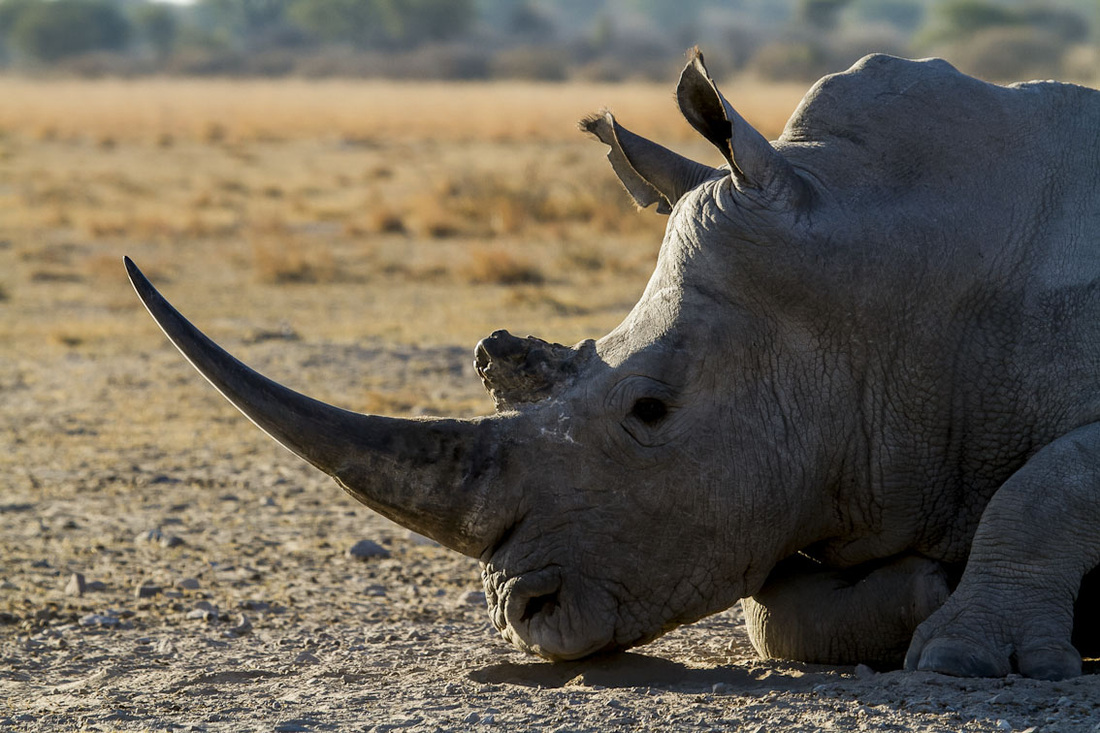
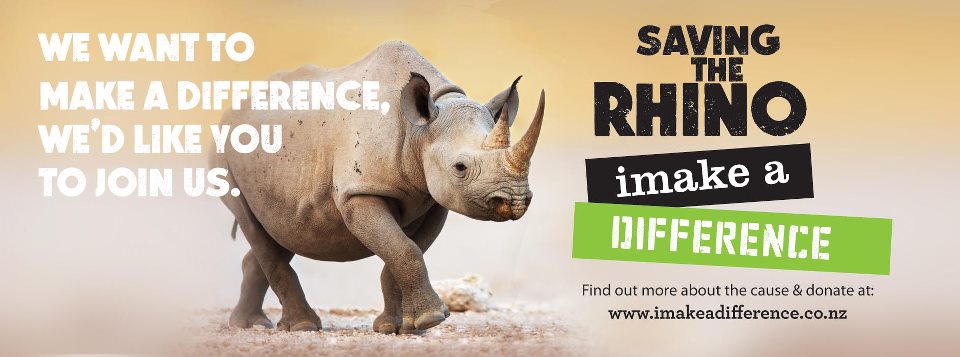
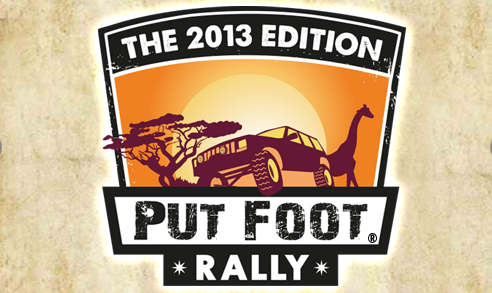

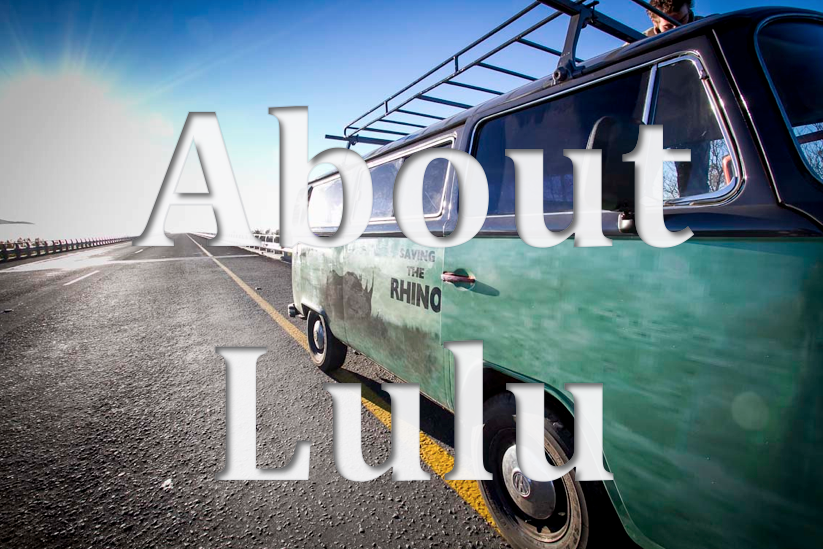
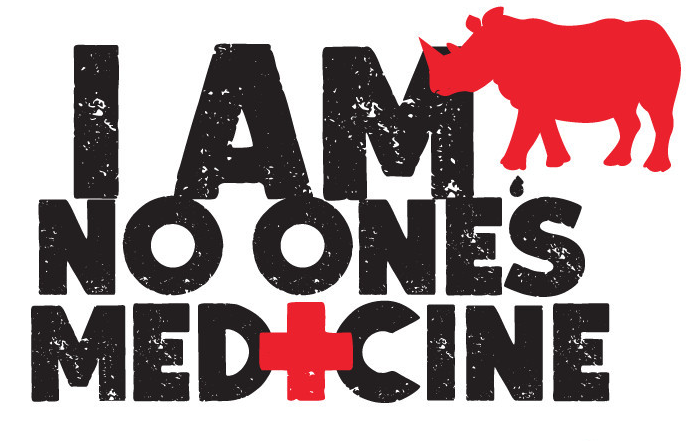

 RSS Feed
RSS Feed